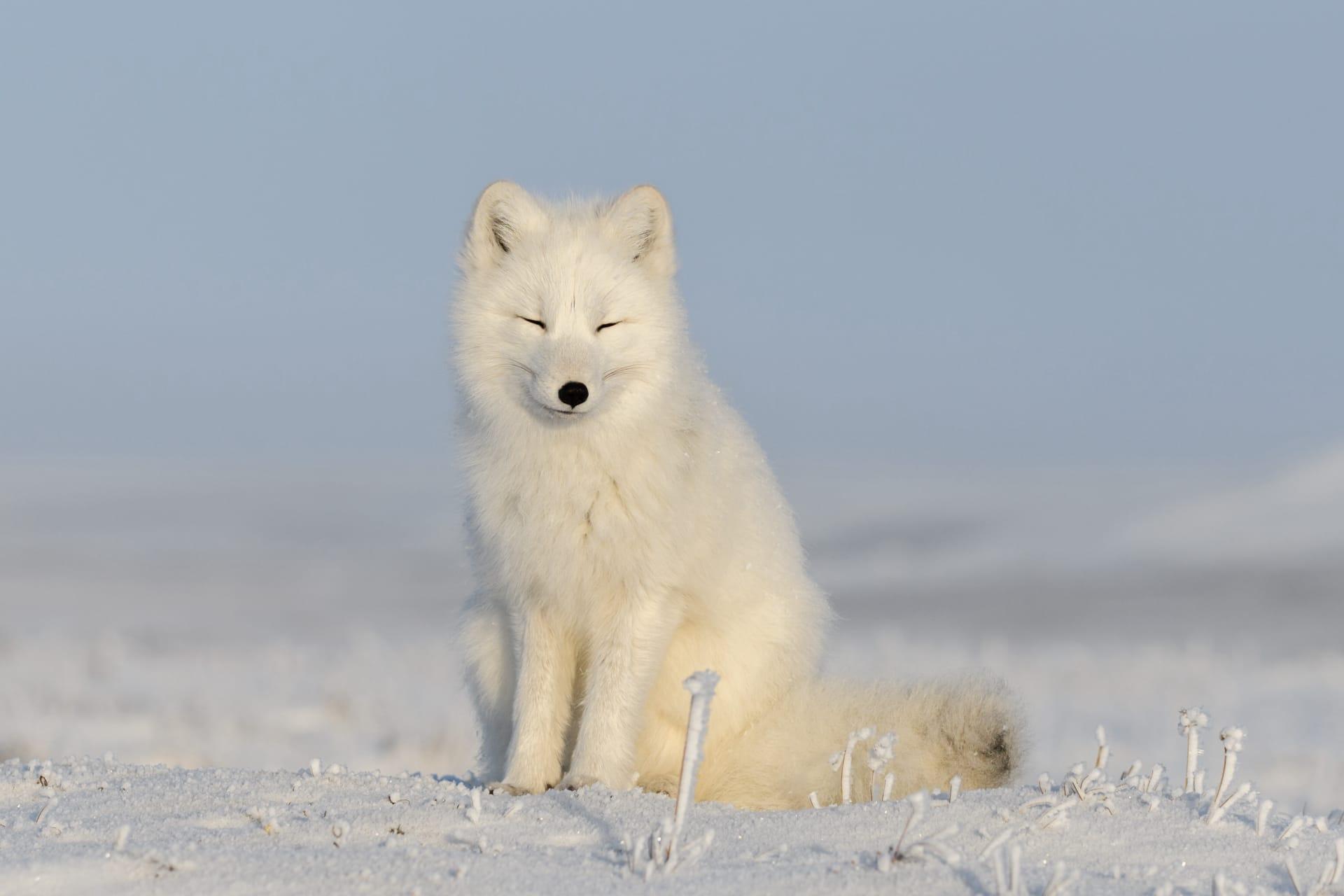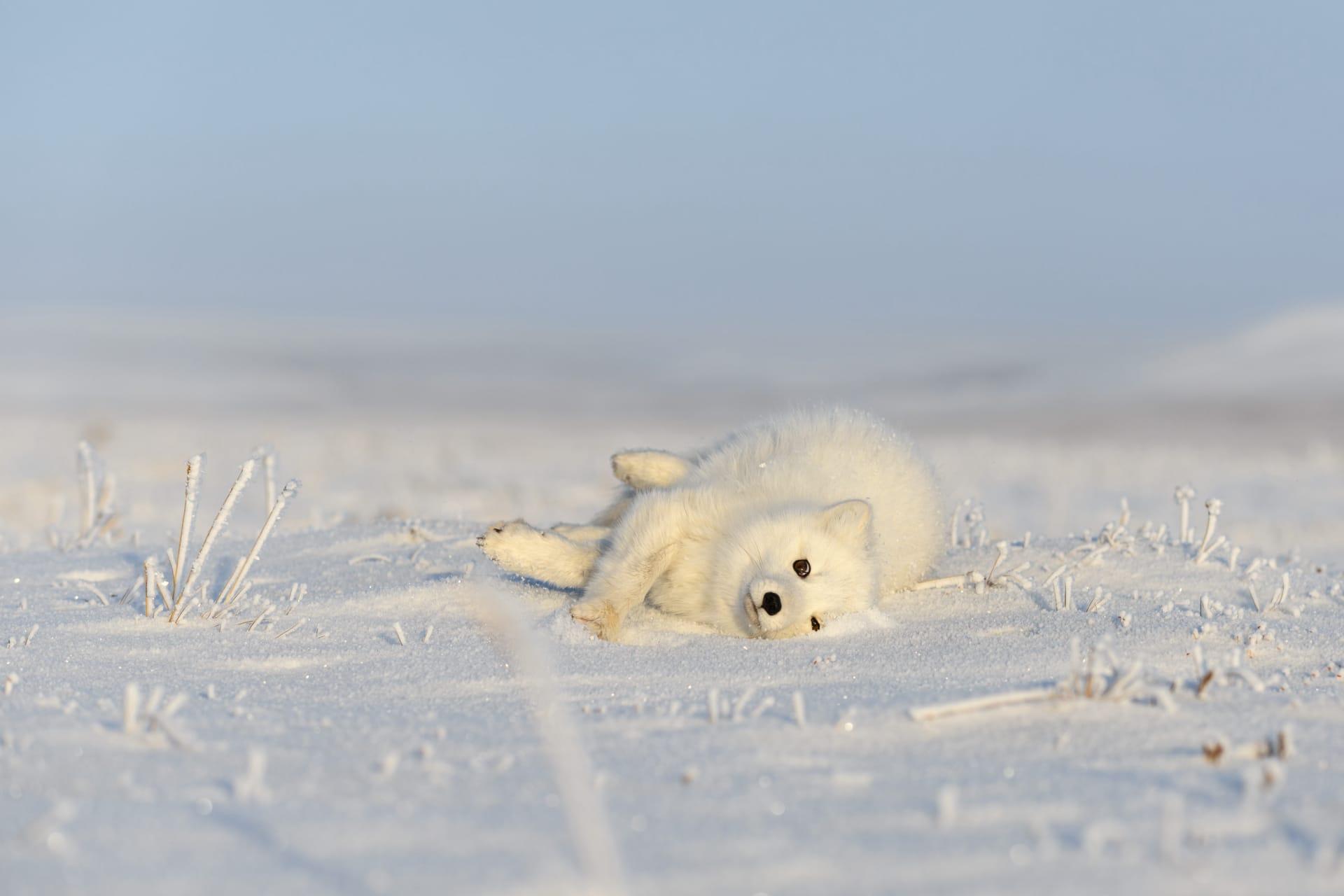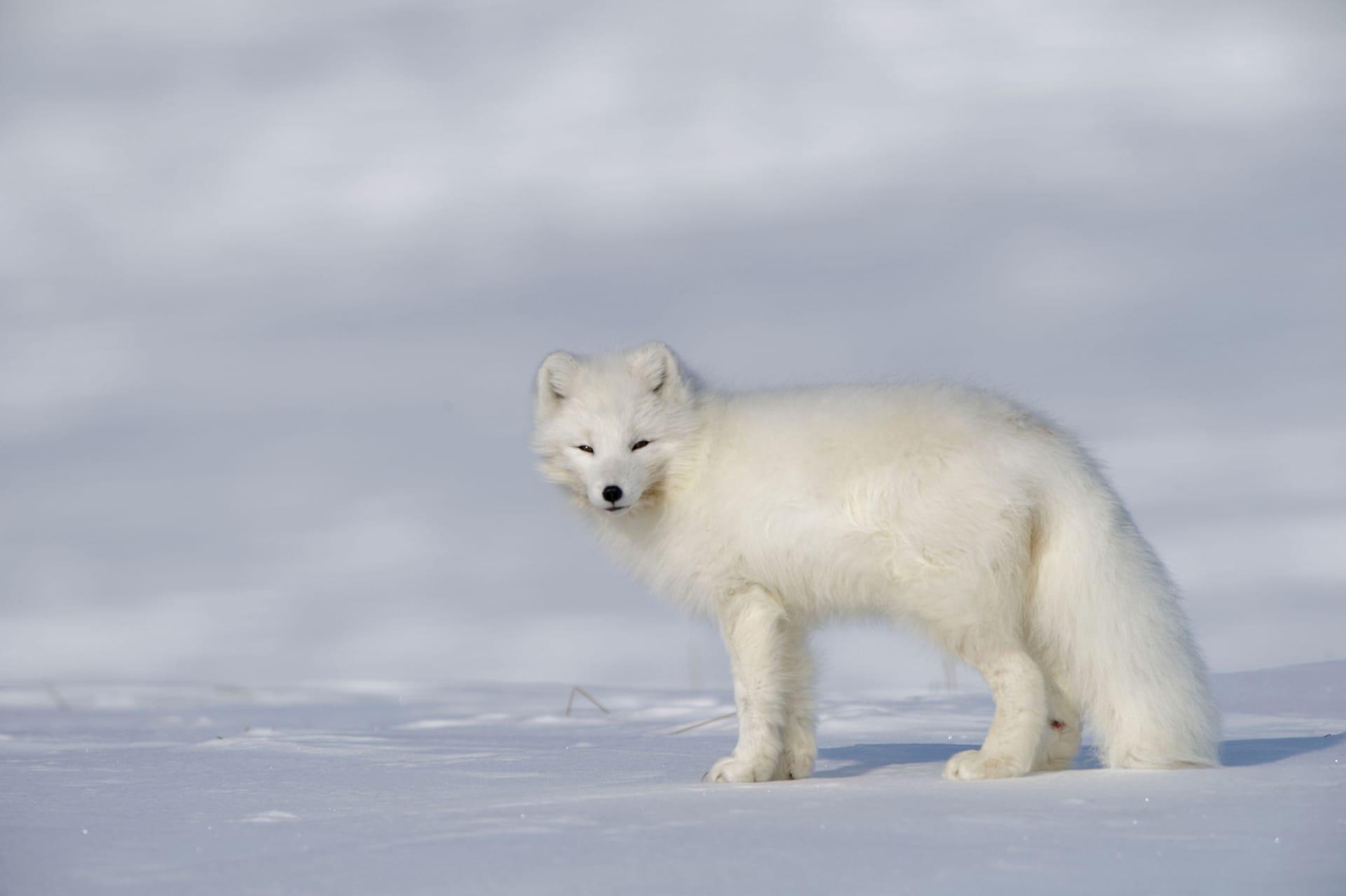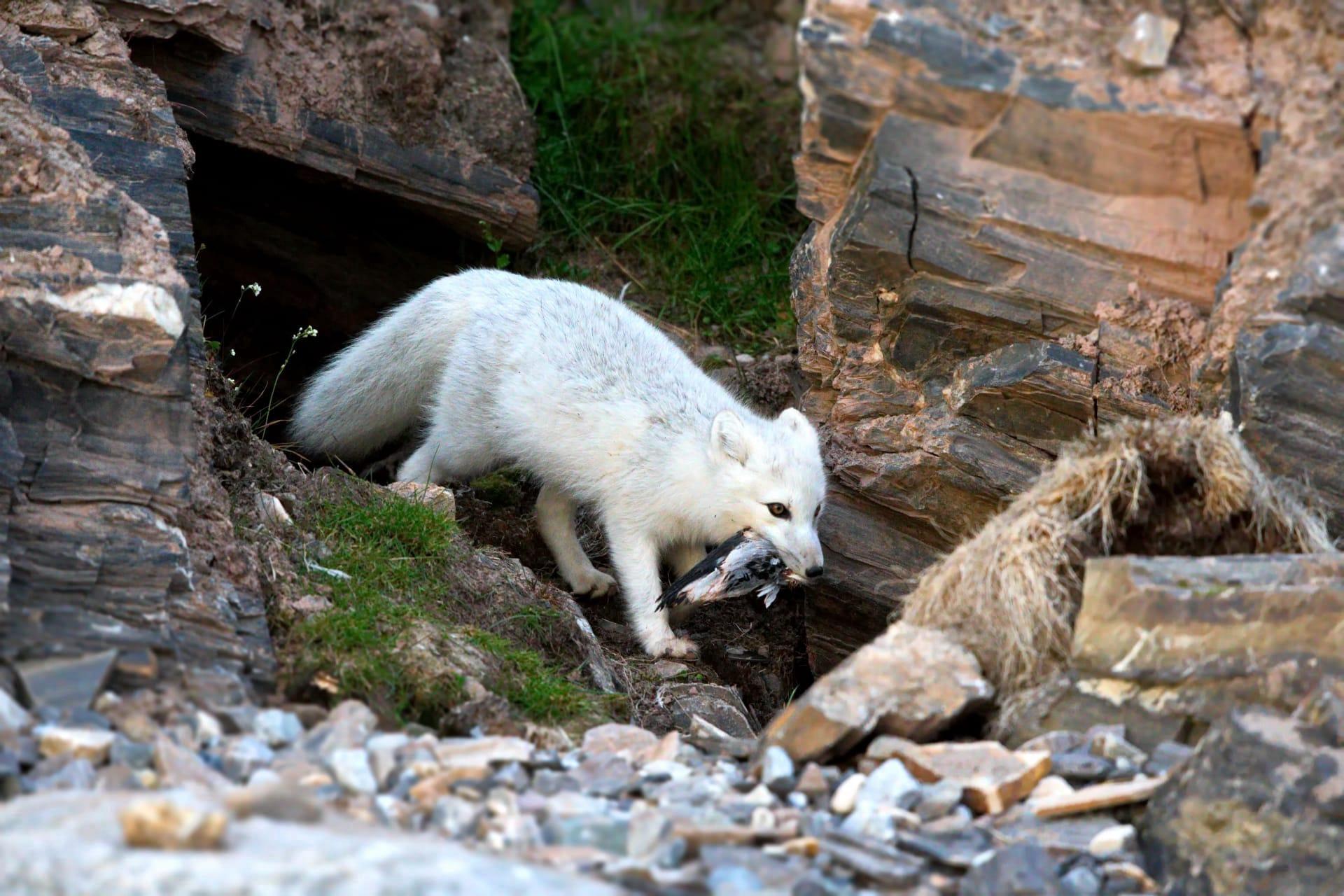Arctic Fox
- Home /
- Mini Encyclopedia /
- Animal /
- Arctic Fox
1
The Arctic Fox, known scientifically as Vulpes lagopus, is a fascinating member of the Canidae family. This small, carnivorous mammal is perfectly adapted to life in the frigid Arctic regions. Classified under the genus Vulpes, it stands out as the only member of this genus that thrives in such a cold climate. The Arctic Fox is closely related to other fox species, yet its unique adaptations set it apart, reflecting an incredible example of evolutionary specialization.
Regarding its distribution, the Arctic Fox is native to the Arctic regions of the Northern Hemisphere. It has a circumpolar range, meaning it's found throughout the Arctic, including parts of North America, Europe, Asia, and Greenland. These foxes are particularly abundant in areas like the tundra of Siberia, Alaska, Canada, and Iceland. Their habitat extends to the edges of the tree line, where open tundra gives way to boreal forests. The ability of these foxes to withstand extreme cold, often dipping below -58 degrees Fahrenheit (-50 degrees Celsius), is key to their survival in these icy landscapes.

2
Question: Do Arctic Foxes change color solely for camouflage?
Answer: A common misconception about Arctic Foxes is that their fur color change, from white in winter to brown or gray in summer, is purely for camouflage. While camouflage is a significant aspect, this color change is also a crucial adaptation for temperature regulation. The white fur in winter not only blends with the snow to evade predators and surprise prey but also provides better insulation. In contrast, the darker summer fur absorbs more sunlight, aiding in heat absorption during the cooler summer months. This dual-purpose adaptation underscores the Arctic Fox's remarkable ability to thrive in its harsh environment.

3
Arctic Foxes exhibit several survival strategies that are key to their existence in the extreme Arctic environment. One notable strategy is their thick winter fur, which is among the warmest of any mammal. This fur not only provides insulation but also reduces the amount of body heat lost to the cold air. Additionally, their short, rounded ears, short muzzle, and short limbs help minimize surface area, reducing heat loss.
Another strategy is their varied diet, which is crucial in the resource-scarce Arctic. Arctic Foxes feed on a wide range of food, including lemmings, voles, fish, seabirds, and even carrion. During times of food abundance, they exhibit a behavior known as 'caching,' where they store surplus food in the ground for times when food is scarce. This ability to adapt their diet and store food is vital for their survival during the harsh Arctic winters.

4
In the Arctic ecosystem, the Arctic Fox plays a vital role in maintaining ecological balance. As a predator, it helps control the population of its prey, primarily small mammals like lemmings and voles. This predation is crucial in preventing overpopulation of these species, which can lead to significant habitat degradation. The Arctic Fox's role as a predator is a classic example of nature's checks and balances.
The Arctic Fox also contributes to the ecosystem as a scavenger. By consuming carrion left by larger predators like polar bears, they help in nutrient recycling, ensuring that organic material is returned to the environment. This role is particularly important in the Arctic, where the cold climate slows down decomposition. The presence of the Arctic Fox ensures a more efficient and balanced ecosystem.

5
Film: "The Hidden World of the Fox" (United Kingdom, 2019) is a captivating documentary that delves into the lives of various fox species, including the Arctic Fox. This documentary explores the extraordinary adaptations and behaviors of foxes, offering insights into their survival in diverse environments.
Book: "The Arctic Fox: Life at the Top of the World" (Canada, 2008) by Garry Hamilton is an insightful exploration of the life of the Arctic Fox. Hamilton provides a detailed account of their habitat, behavior, and challenges, offering a comprehensive view of this remarkable animal.
Book: "Arctic Foxes: Survivors of the Tundra" (United States, 2011) by Rebecca S. Hirsch is an informative book aimed at a younger audience. It provides an engaging overview of the Arctic Fox's life, focusing on their adaptations and role in the Arctic ecosystem, making it an excellent introduction for young readers interested in wildlife.